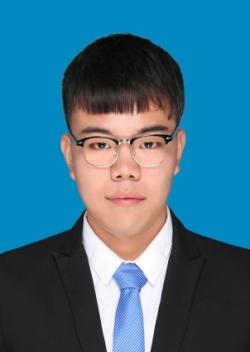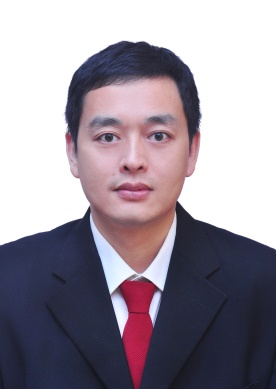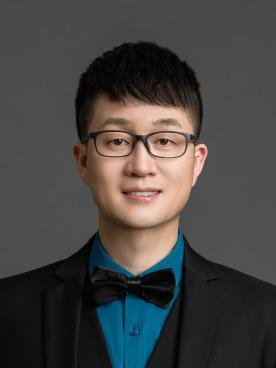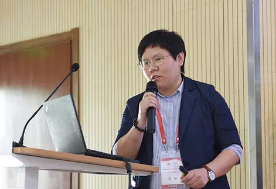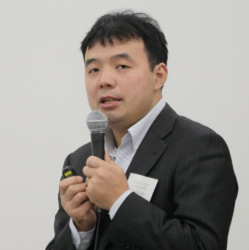Bai Zhenxu
Professor
Hebei University of Technology
Bai Zhenxu, Professor and Doctoral Supervisor at Hebei University of Technology, Vice Dean of the School of Electronic Information Engineering, and Deputy Director of the Key Laboratory of Advanced Laser Technology and Equipment in Hebei Province. Currently serving as a youth committee member of the Laser Application Branch of the China Optical Optoelectronics Industry Association, executive director of the Tianjin Laser Technology Society, director of the Hebei Optical Society, director of the Tianjin Degree and Graduate Education Society, and youth editorial board member of journals such as Infrared and Laser Engineering, China Laser, and Applied Optics. Mainly engaged in research on high-power diamond laser technology and applications, leading research projects such as the Equipment Development Department's field fund, the National Natural Science Foundation's general and youth projects, and the Hebei Province Outstanding Youth Science Fund. The achievement has won the Teddi Laurin Award from the International Society of Optical Engineering, the first prize in the "Rising Stars of Light" competition for young optical scientists in Light: Science&Applications, the second prize in the Hebei Province Technology Invention Competition, the Excellence Award in the "Smart Eye Action" Equipment Competition of a certain national department, and the Outstanding Young Scholar Award in Functional Diamond. Published over 80 academic papers in well-known optical journals such as APL Photonics, High Power Laser Sci., Opt. Lett. (including 2 ESI hot papers, 4 ESI highly cited papers, and over 10 cover/Editor's Pick/invited papers), and obtained over 20 authorized patents. The results have been reported by well-known domestic and foreign media such as the American Physical Union, the International Society of Optical Engineering, Phys.org, and Laser Focus World.



